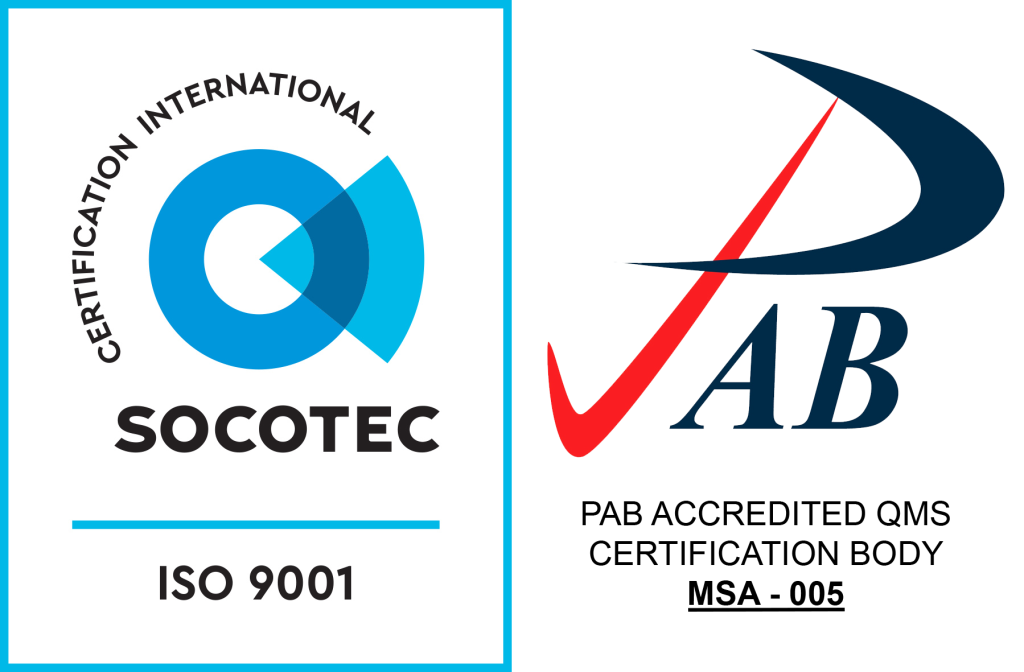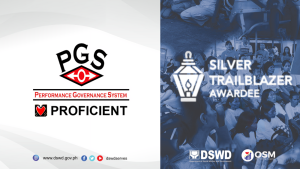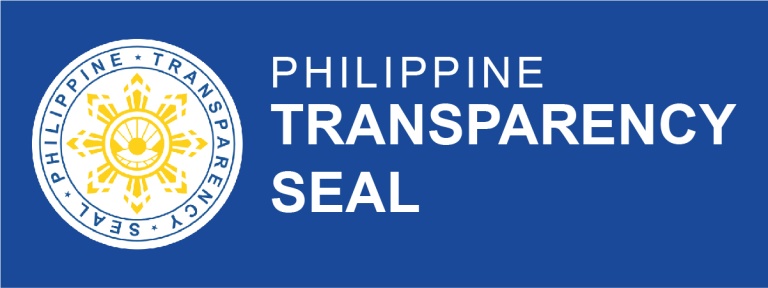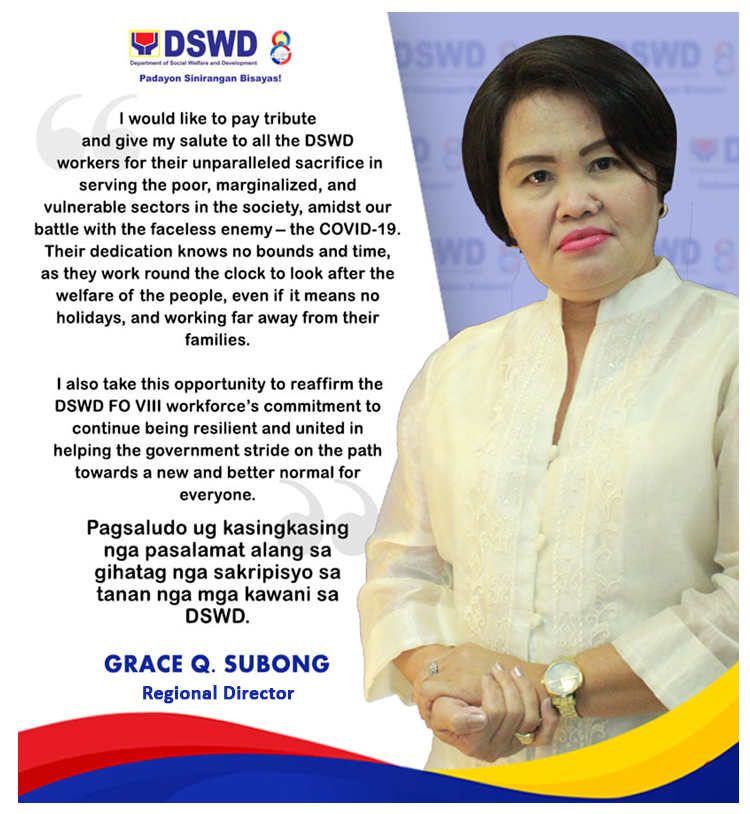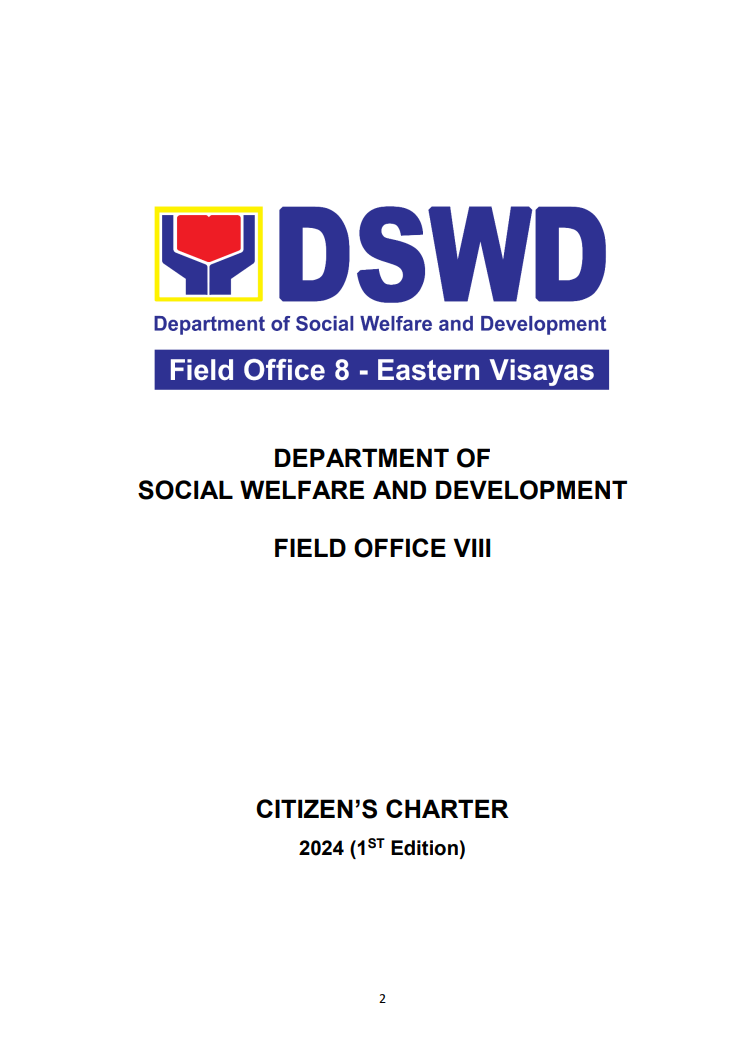Tanauan, Leyte –Without a proper access path, hunger would have been inevitable for the residents of Barangay Baras in the aftermath of Typhoon Yolanda.
According to Elizabeth Escagay, 54, their village has long experienced a dearth of support because government and non-government organizations alike find it difficult to enter their village.
This was seconded by Patrosina Severino, who was born and raised in the village.
She recalled, “Noong bata pa kami ang hirap ng daan. Sobrang hirap. Kapag tag-ulan hindi kami maka-alis (Traveling was difficult when we were young. Very difficult. We could not leave).”
In case they needed to travel with her children, she narrated that she had to bring water to wash their feet after they pass the rough, muddy path.
With the construction of the tire path through Kapit-Bisig Laban sa Kahirapan-Comprehensive and Integrated Delivery of Social Services (Kalahi-CIDSS) of the Department of Social Welfare and Development (DSWD), they were able to forego struggling with hunger and not getting help, as the path enabled responders to come to their aid to provide food and other emergency services after ‘Yolanda’.
Improvement
Even without ‘Yolanda’ in the picture, the residents have stated that they have experienced the advantages of finally having a good access path to and from the village.
In fact, it is not just Brgy. Baras benefiting from the tire path, but also those from nearby communities, as it provides an alternate route to the Poblacion and to the municipality of Dagami.
This was a major improvement for the farmers, as they are now able to earn more money selling their product.
Leah Patanao, 52, a Kalahi-CIDSS volunteer narrated, “Dati doble-doble ang gastos sa pagbiyahe ng mga ani. Babayaran pa ang labor sa paghakot, tapos kalabaw pa ang gamit. Pabalik, pakyawan pa (In the past, we had to double the expenses to transport our goods. We had to pay laborers to haul our products, and we used carabaos to carry these. For the trip back, we also had to strike a deal with the drivers).”
Patrosina shared that in the 1970s, they would spend about P5 to bring their goods to the market, which she estimated is roughly equivalent to P50 today, a large sum considering how difficult it is for small-scale farmers to earn back then.
With the new road, farmers are now able to bring their products more cheaply and easily to the market, which allows them to earn better.
The improved path has now also made life easier for students.
Elizabeth narrated, “Dati, mga isang oras ang lakaran ng mga bata. Ngayon 15 minutes na lang (It used to take children one hour to walk to school. Now it is just for 15 minutes).”
She shared that students can now also be driven by motorcycle to school, which saves them even more time. She also said that senior citizens now also find it easier to travel to and from the village because of the improved road.
Bayanihan
For all the advantages they are now experiencing with the construction of the tire path, Leah shared that the road itself is not the main thing that they got from Kalahi-CIDSS.
She said, “Pinakanatutunan namin pagka-urosa (We learned to work together).”
Margarito Gimpis, Jr., another volunteer, said, “Obligasyon natin na tumulong (It is our obligation to help).”
It was this learning that pushed them to clear the road of debris immediately after ‘Yolanda’, because they knew that access would be the biggest problem for them.
The women even began planting flowers along the sides of the tire path, as they wanted to take better care of their community project.
They also learned to be more vigilant with the resources they were given. Because they received trainings in Kalahi-CIDSS on proper community project management, they learned to be careful in procuring supplies for their tire path.
These lessons allowed them to extend their tire path, which was originally slated at 1.12 km. by 80 meters, as they were able to save money from the original P2,136,205 project cost they proposed.
Even with the extension, which they sought approval for, they still had money left over.
“May sobra pa (We still have savings),” they declared proudly.
Another thing they are proud of is that they now have the skills needed to implement their community project themselves, as Kalahi-CIDSS provided them with the opportunity to actually work together as a community to construct their tire path.
Leah proudly declared, “Wala na kaming contractor. Kung ano ang dapat sa contractor, napunta sa project (We did not hire a contractor. What costs would have gone to that we invested in our project).”
One unintended but welcome effect for some of the residents who served as Kalahi-CIDSS volunteers was that some of them now hold positions in the barangay, as in the case of Gloria Rementallio and Margarito, who are now serving as councilors.
As they narrated, their fellow residents pushed for them to run in the local elections because they saw for themselves the hard work they put into the implementation of their project.
“Nakilala ako ng mga tao (The people got to know me),” said Margarito with a shy smile.
He shared how he appreciated the community-driven development (CDD) strategy of Kalahi-CIDSS, saying, “Involved ang community, nagtutulungan para matapos (The community is involved, we work together to complete it).”
He also cited the program’s thrust for transparency, citing, “An programa maupay ang proses kay nasusunod ang tama na sistema (The program has a good process because it follows the right system).”
Progress
Through the tire path, the residents of Barangay Baras have changed for the better.
This and the lessons they learned from Kalahi-CIDSS, now serve as their hope that they can improve their lives.
When asked if they would be willing to continue working together to help in the improvement of Tanauan, Elizabeth smiled and said, “Walang problema ang bayanihan. Sabihan lang kami, magbabayanihan kami (Working together is not a problem for us. Just tell us and we will work together).” ###

